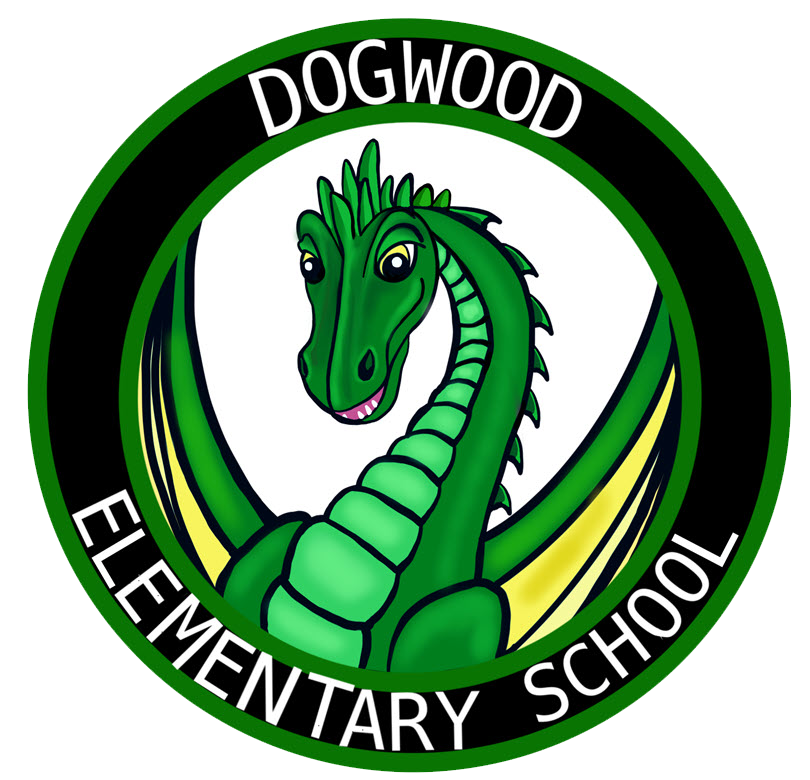Sixth Grade Units of Inquiry
Sixth grade classes participate in six units of inquiry throughout the year. Click on each unit below to learn more.
Unit 1 - How We Express Ourselves
Transdisciplinary Theme
How we express ourselves: an inquiry into the ways in which we discover and express ideas, feelings, nature, culture, beliefs and values; the ways in which we reflect on, extend and enjoy our creativity, our appreciation of the aesthetic.
Central Idea
Cultural beliefs and traditions impact choices.
Lines of Inquiry
- Author's choices and structures
- The forces that create various landforms
- The factors that shaped colonial america
- European exploration in North America and West Africa
- The development of Native American culture in North America
Attributes of the Learner Profile
- Open-Minded
- Reflective
Parent Support
*Talk to your child about your own culture.
*Ask your student about the cultures they have been learning about throughout the unit.
Single Subject Connections
6th grade students will be exploring the form of throwing and catching of baseballs and footballs. Students will learn the history of football and baseball and how it has influenced our culture today. They will use self assessment and reflection to monitor their progress of the skills learned.
6th graders will explore the art of Keith Haring and the impact that he had on the street art culture in New York City during the 1980s. Using similar Haring form and figures, students will create a self-portrait that represents their cultural identity, interests, and traditions. Students will reflect on their artwork with peers and stay open-minded during the art making process.
Sixth grade musicians will explore different cultures through the lens of world drumming. We will make connections across different styles and forms of drumming. Students will discover how the music of today is influenced by a variety of cultures.
Unit 2 - How the World Works
Transdisciplinary Theme
How the world works: an inquiry into the natural world and its laws, the interaction between the natural world (physical and biological) and human societies; how humans use their understanding of scientific principles; the impact of scientific and technological advances on society and on the environment.
Central Idea
Patterns help us understand how our world is organized
Lines of Inquiry
- The relationships within the Solar System
Attributes of the Learner Profile
- Knowledgeable
- Communicator
Parent Support
- Talk to your student about connections between the Earth, Moon and Sun
- Ask your student about the patterns they see in the world and what would happen if they were disrupted
Single Subject Connections
Sixth grade students will explore gymnastics in PE. They will gain knowledge of various gymnastics techniques. By the end of the unit students will communicate their knowledge by creating and showing a patterned sequence with various skills in a row. During this unit, students will use their time effectively and appropriately while working on their routine safely.
Sixth grade students will develop their math and science knowledge by engaging in experiences connected to space innovation and engineering. As Aerospace Engineers, 6th grade students will design, construct, and model rockets. They will explore the relationship between size and the distance that they travel. 6th grade students will also construct a parachute that will allow an object to safely land on Mars. Students will be exploring different variables and the impact that they have on landing safely. During these experiences, students will work on the engineering design process and work on using their time effectively and appropriately.
Students will explore the cultural aspects of traditional weaving throughout history and present day artists. 6th graders will create a weaving with a color pattern that ties to a specific memory. As students explore the art of weaving, they will determine the function of their weaving connected to its form. Using time benchmarks, students will manage their time effectively and appropriately.
Unit 3 - Where We Are in Place and Time
Transdisciplinary Theme
Where we are in place and time: an inquiry into orientation in place and time; personal histories; homes and journeys; the discoveries, explorations and migrations of humankind; the relationship between and the interconnectedness of individuals and civilizations, from local and global perspectives.
Central idea
Lines of Inquiry
Learner Profile Attributes:
Unit 4 - Who We Are
Transdisciplinary Theme
Who we are: an inquiry into the nature of the self; beliefs and values; personal, physical, mental, social and spiritual health; human relationships including families, friends, communities, and cultures; rights and responsibilities; what it means to be human.
Central Idea
Actions within our world can influence change.
Lines of Inquiry
- properties of water
- role of water in our environment
- cause and effects of Westward Expansion
- choices authors make
Attributes of the Learner Profile
- Thinker
- Principled
Parent Support
- Talk to your student about how they can influence change in your family
- Ask your student about how they can make change in our world
Single Subject Connections
Sixth grade musicians will use the concept of form as they explore choices of rhythm and pitch in setting a simple text to music.
Unit 5 - How We Organize Ourselves
Transdisciplinary Theme
How we organize ourselves: an inquiry into the interconnectedness of human-made systems and communities; the structure and function of organizations; societal decision-making; economic activities and their impact on humankind and the environment.
Central idea
Lines of Inquiry
Learner Profile Attributes
Unit 6 - Sharing the Planet
Transdisciplinary Theme
Sharing the planet: an inquiry into rights and responsibilities in the struggle to share finite resources with other people and other living things; communities and the relationship within and between them; access to equal opportunities; peace and conflict resolution.
Central idea
Lines of Inquiry
Learner Profile Attributes:

